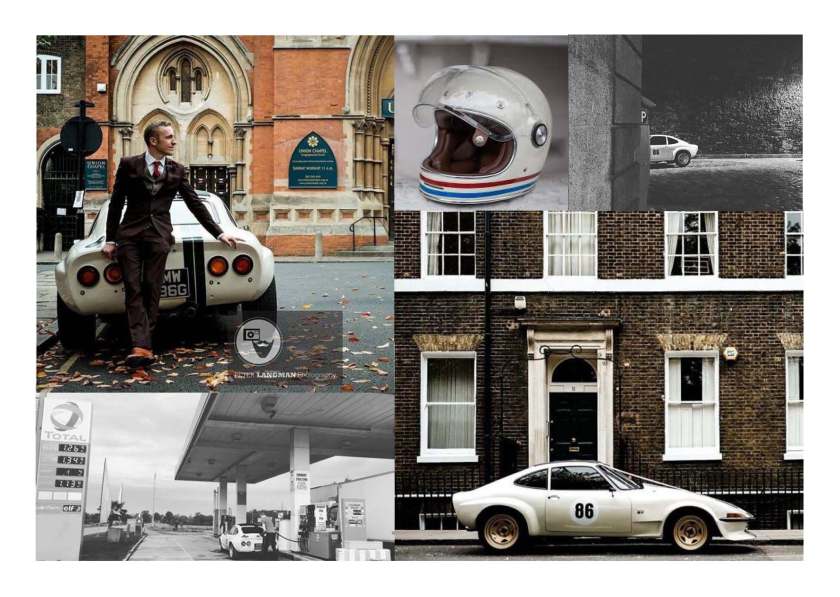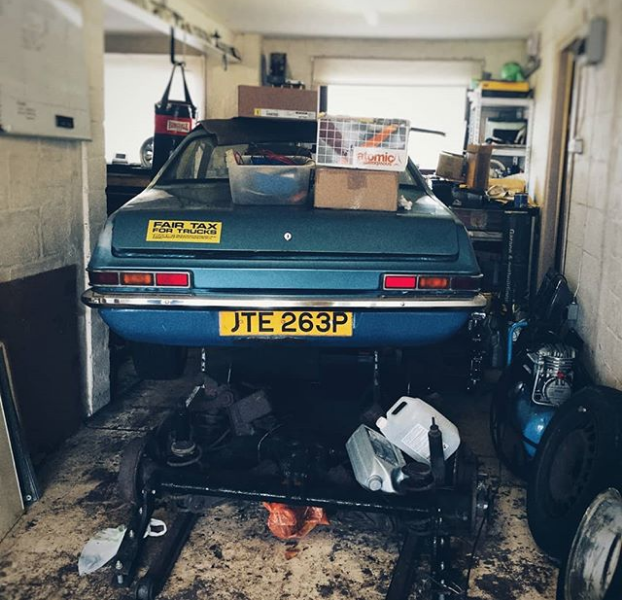GT’s never made it to UK shores. Manufactured in left hand drive only, they have a huge European and US following, but according to How Many Left there are only 32 licensed on the road in the UK and 29 are SORN.
You can read more about our reasons for buying this car here, including all of the mishaps when we bought it sight unseen and drove it 400 miles north to Aberdeen.
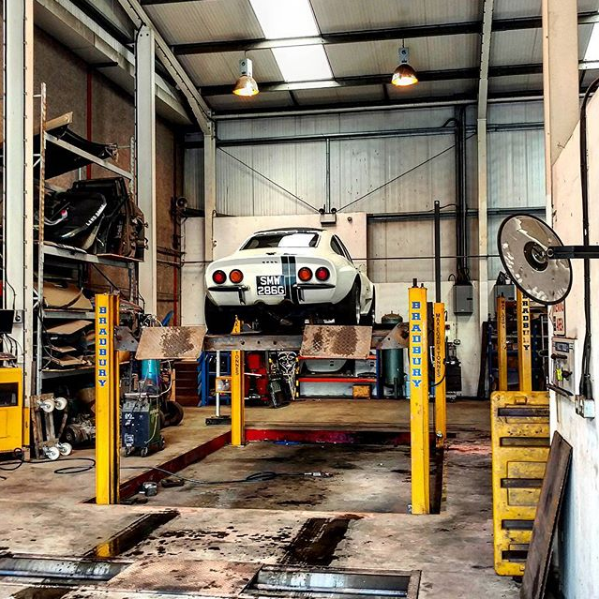
The GT was manufactured by Opel between 1968-73. Designed by Erhard Schnell, a German automotive designer based in Detroit at the start of his career with Opel, many links have been drawn between this and the C3 Corvette. The Opel GT concept was released in 1965 and the C3 concept was released in 1968. The GT has become known as the Baby Corvette in the US but the argument continues to rage about which came first, the ‘Baby’ or the ‘Vette’.
Our little Opel was imported from Europe to Wiltshire (date currently unknown). It is presumed the shell had a certain amount of rust as the shell has been widened significantly at the rear and had a Motorsport style front splitter added to the bumper.
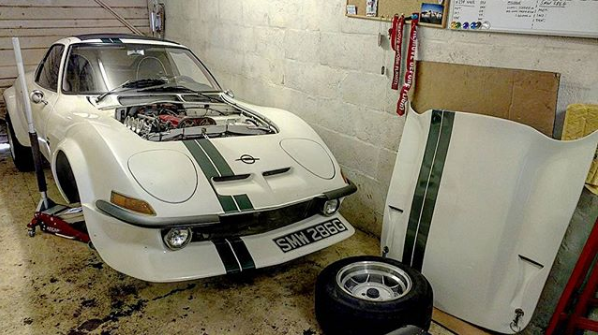
Opel GT’s were originally supplied with a 1.1 litre petrol engine producing 67hp but most new owners preferred to select the optional 1.9 litre engine which produced 102hp. This Opel was registered as a 1.9 but has undergone a modern engine conversion during its stay in the UK to a 2.0 litre Ford Zetec engine with Jenvey throttle bodies that can be seen poking out of the engine bay.
The car has a Webasto sunroof and it is unclear whether this was fitted after import to the UK or it was a European modification as all Opel’s were manufactured as hard tops as standard. The body shape is known as a ‘fastback’ it having no rear access. All luggage space has to be accessed through the front cabin.
Since buying the car we have performed a number of modifications which we consider to be upgrades though it could still be very much up for discussion depending on your purist persuasion.
Removal of the eBay special bucket seats in favour of Astra Coupe turbo heated leather seats (this was mainly for practicality as the heating in the vehicle was non-existent). Addition of sound deadening where as previously there was… ummm… none. The sound deadening has had the useful side effect of masking a number of leaks in to the cabin but we are almost certain that it has not stopped them altogether. Therefore we can only assume that a neat little puddle is forming in the engine bay somewhere every time it is rained on.
The car currently shows mileage at 0 given that the aftermarket Smiths speedometer is not connected up meaning that you have to guess your speed relative to other traffic at any given moment. The general rule of thumb is to match your speed to a nearby Honda Jazz as you can guarantee that you’ll be travelling at at least 10% below the legal speed limit.
The Opel GT has distinctive ‘pop up’ headlights, they being of a rotational design and activated by a hand lever in the centre console of the cabin. Of course, as you would expect with our car, the lever is broken and if you want to access the main headlights you must pull over to the side of the road before that ambiguous time of ‘dusk’ and manually flip them over by pushing on one side of the headlight.
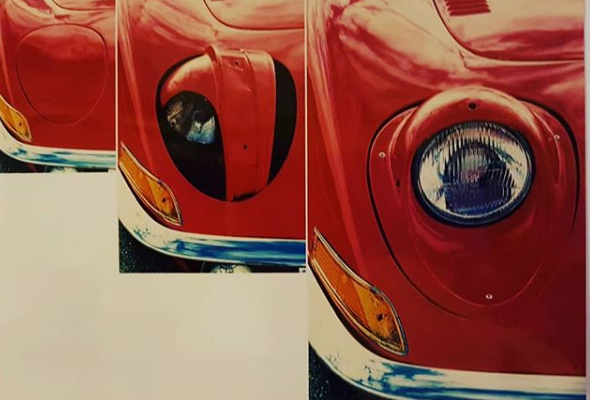
The GT’s deviations from its standard design continue with a frankly grotesque fibreglass bonnet sporting an enormous hump in the middle. This has presumably been selected to clear the modern Mondeo engine and the trumpets of the throttle bodies, however we are both in agreement that it ruins the aesthetically pleasing clean lines of the standard GT and we intend to revert to a standard GT bonnet as soon as is practicably possible.
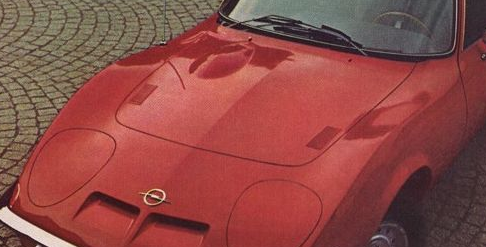
The standard GT bonnet sports a 60s style bubble on the passenger side and a pair of delicately stylish vents on either side. Much better than the American style monstrosity which sits front and centre today. A standard GT bonnet was purchased from Germany but is an unfortunately garish yellow colour and requires a respray to match a non-standard paint job and where we have no record of the colour of paint used.
Classic car ownership is usually a question of interior space. You are restricted by your dry storage options as cars like these must be well looked after and dry stored (read lovingly rinsed and dried before after driving before being stored in a weather tight, we hope, garage) to prevent them from suffering rot and corrosion. It is always a delicate balance between protection and driving enjoyment. Restricting oneself to only driving in dry conditions between the months of April-September whilst living in the North of Scotland can be a tricky balance to manage.
